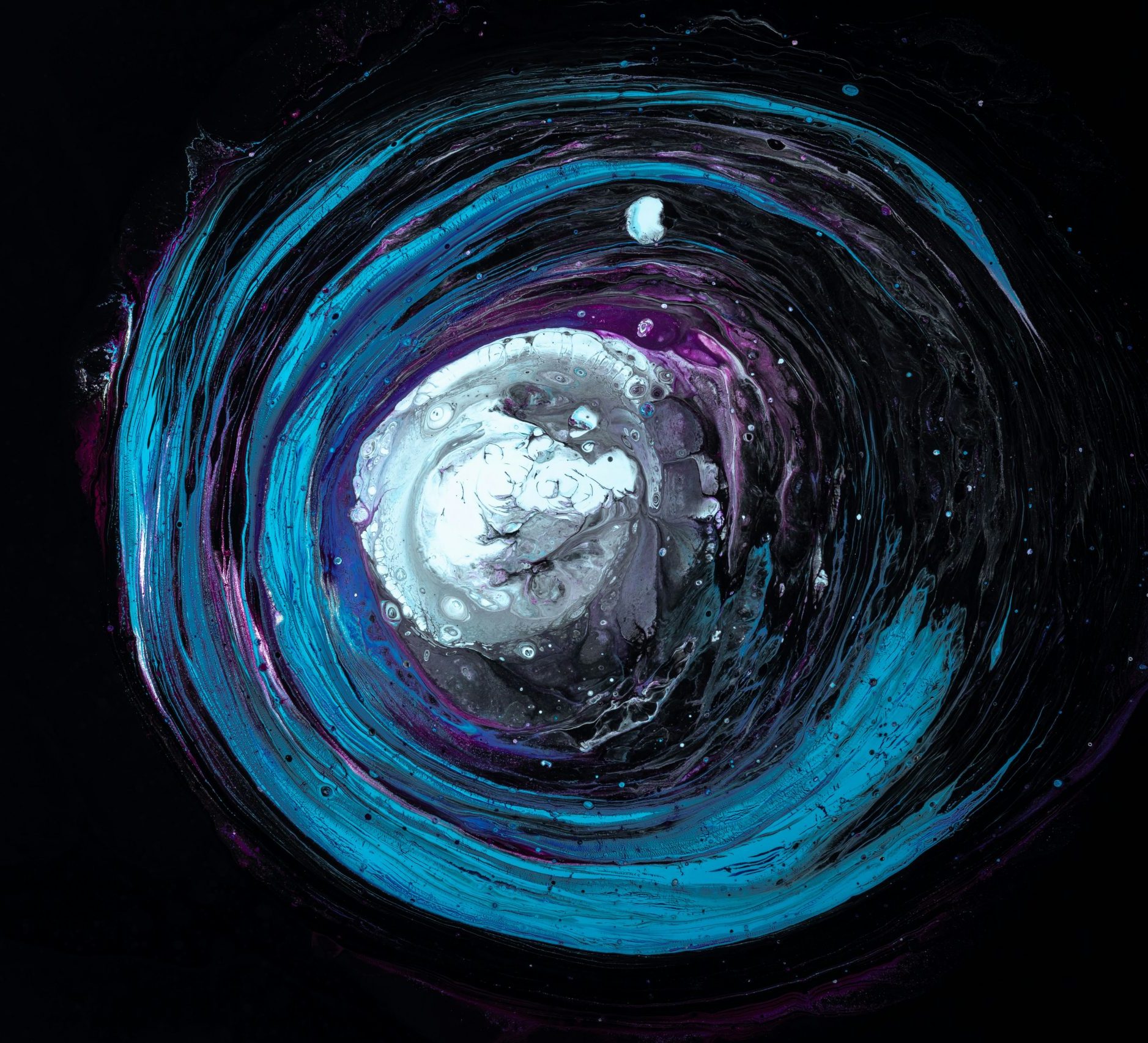A Path to Deeper Self-Awareness and Coping Strategies
At The Positive Mind Hub, we recognise that understanding and addressing emotional triggers can be transformative. By identifying the root causes of our emotional reactions, we gain insight into our behaviours and open the door to lasting change. Root Cause Analysis (RCA) is a powerful tool in this journey, helping us to break down complex emotional responses and reveal their core origins. Using techniques like the “5 Whys,” alongside other powerful interventions and modalities, such as CBT (Cognitive Behavioural Therapy) and Gestalt therapy exercises, we can address deep-seated issues, develop effective emotional coping strategies, and even apply these insights to broader challenges, such as recidivism.
What Is Root Cause Analysis in Emotional Health?
Root Cause Analysis (RCA) is widely used in industries like engineering and healthcare to investigate problems by identifying their underlying causes. In mental health, RCA is a powerful approach to understanding our emotional triggers—those reactions that seem to spring up automatically in response to specific situations or people. By peeling back the layers, RCA helps us drill down into our initial emotional responses and uncover the beliefs, past experiences, and ingrained habits that drive these reactions.
Using the “5 Whys” Technique to Uncover Emotional Triggers
The “5 Whys” is a straightforward but powerful method in RCA that encourages us to ask “why” repeatedly until we reach the core cause of an emotional reaction. Here’s how it works in practice:
- Identify the Emotional Response: Start by acknowledging a specific emotional reaction—anger, sadness, or frustration, for example.
- Ask “Why” Five Times: Question why this response emerged, then take the answer and question it again. After five rounds of asking “why,” we often reach a deeper, underlying belief or experience.
- Recognise Patterns: The responses often highlight recurring patterns or root beliefs about oneself or the world, which are ripe for re-evaluation.
For instance, a person may feel frustrated in social situations where they feel dismissed. By applying the 5 Whys, they might uncover a core belief: “I’m not valued.” This could trace back to an early experience of feeling overlooked, which continues to manifest as frustration when similar scenarios arise today.
CBT and Gestalt Therapy: Working with Core Beliefs
RCA can reveal core beliefs and patterns of thought that impact our emotional health. CBT is particularly effective at addressing these beliefs by restructuring negative thought patterns, while Gestalt therapy emphasises self-awareness and accepting all parts of oneself to reduce internal conflict.
- Cognitive Restructuring with CBT: This technique in CBT involves identifying and challenging negative beliefs. After identifying a core belief like “I’m not valued,” cognitive restructuring asks us to examine the evidence for and against this belief. Over time, we learn to replace these automatic, limiting thoughts with more balanced perspectives, lessening their power over our emotions.
- Gestalt Therapy’s Here-and-Now Exercises: Gestalt therapy encourages us to focus on the present moment and view our emotions without judgement. Techniques like “empty chair” exercises can allow us to “speak to” parts of ourselves that hold pain or unresolved emotions. This helps foster understanding and integration, making it easier to let go of emotionally charged responses rooted in past experiences.
Applying Core Correctional Procedures and Prosocial Modelling to Break Cycles
The process of RCA aligns well with concepts like core correctional procedures and prosocial modelling. Originally developed for the correctional system, these approaches help individuals identify and modify behaviours and thought patterns that lead to negative outcomes.
- Core Correctional Procedures involve training individuals to challenge and alter anti-social attitudes, behaviours, and thoughts. In personal work, this translates to consistently questioning negative thoughts and developing prosocial beliefs, which is particularly helpful for those trying to break patterns of self-sabotage.
- Prosocial Modelling is about consciously modelling positive, constructive behaviours. When applied in a mental health context, it means surrounding ourselves with individuals who embody the attitudes and behaviours we aspire to develop. This exposure reinforces our own commitment to positive change and provides tangible examples of healthy emotional responses.
RCA in Practice: Addressing Recidivism and Repeating Patterns
Emotional RCA has implications beyond individual growth; it can be especially helpful for those dealing with recidivism—the tendency to revert to previous behaviours or habits despite intentions to change. By understanding the emotional triggers and core beliefs that underlie these patterns, RCA provides a pathway to breaking the cycle.
Consider someone struggling with repeated anger outbursts. RCA can help them trace these back to a core belief or past experience that fosters anger as a defence mechanism. By exploring these reactions, they can work on replacing anger-driven responses with healthier, prosocial alternatives.
This approach is not only effective in therapeutic settings but also has value in the rehabilitation space, where reducing recidivism hinges on understanding and addressing the root causes of behaviour.
Developing Effective Coping Strategies for Long-Term Change
Uncovering the root causes of emotional triggers isn’t just about gaining insight; it’s about using that insight to develop effective coping strategies. Here are some practical steps for applying RCA to your own emotional health:
- Practise Regular Self-Reflection: Regularly engage with exercises like the 5 Whys to maintain awareness of your triggers.
- Utilise CBT Techniques: Use cognitive restructuring exercises to challenge and change limiting beliefs that drive negative emotions.
- Adopt Gestalt Therapy Exercises: Try “empty chair” dialogues or mindfulness to stay present and reduce judgement towards your emotions.
- Engage in Prosocial Activities: Surround yourself with positive influences and practise modelling the attitudes you wish to embody.
Closing Thoughts
Root Cause Analysis, combined with CBT, Gestalt therapy, and correctional concepts, offers a holistic and transformative approach to understanding our emotional triggers. At The Positive Mind Hub, we integrate RCA into our blended hypnotherapy sessions, allowing clients to address deep-seated issues with the guidance of multiple therapeutic modalities. By exploring and addressing the root causes of emotional reactions, clients can break free from recurring patterns, develop healthier coping strategies, and foster a sense of empowerment over their mental well-being.
This integrated approach helps clients gain greater insight and facilitates genuine emotional healing. Embracing these techniques can be a valuable step in the journey towards personal growth, creating a foundation for lasting positive change.









